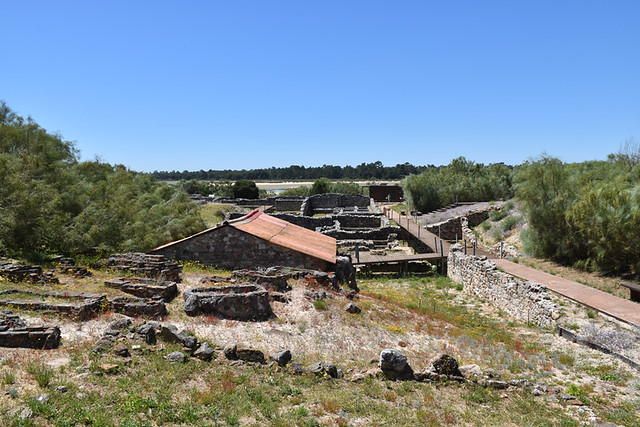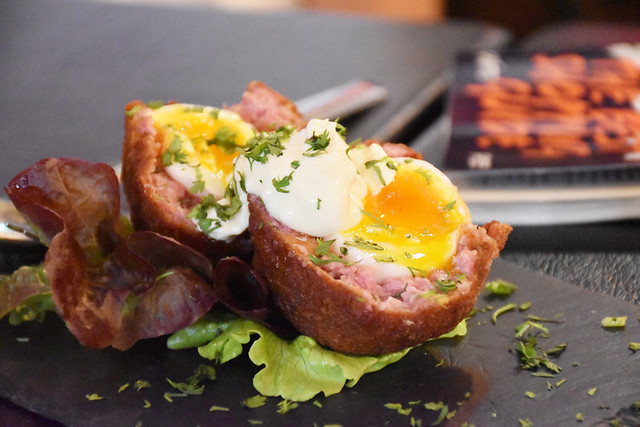Cultural appropriation is one of the buzz terms pinging about social media at the moment. It has its origins in something worthy and important, but it’s been bandied around recklessly to the point casual accusations of it often distract from serious cases of, well, cultural appropriation. This seems especially common when it comes to gastronomy.
A number of chefs have found themselves in the cultural appropriation firing line. You have to be extremely knowledgeable about gastronomy to jump into a culinary arena and fling cultural appropriation accusations around. Either extremely knowledgeable… or completely ignorant about food.

Recipes change and evolve from chef to chef, cook to cook, frying pan-wielding granny (or grandpa) to frying pan-wielding granny; everyone adding their own take, even in a small way. Expand that to an international level and you discover a veritable smorgasbord of influences to be found in some popular traditional dishes.
Take tempura, the famous Japanese dish of seafood and vegetables which have been lightly battered and deep fried. It’s not Japanese at all. It was introduced to Japan by the Portuguese in the 16th century.

I’ve just finished reading a fascinating book called The First Global Village – How Portugal Changed the World. A couple of pages relating to the exchange of cooking techniques and the movement of ingredients from one country to another got me thinking about how trying to pinpoint ‘ownership’ of specific dishes can be a minefield.
According to the book, the Portuguese picked up the method of wrapping light pastry around a savoury filling from North Africa, took it to India and hey presto, the samosa came into being. The Portuguese then brought this little snack with them to their homeland. Now you can buy chamuças as a snack in cafes and kiosks all over Portugal.

The Portuguese also took chillies from Brazil to Asia, contributing to a radical transformation in the cuisine there. Even that post-pub pain threshold tester, vindaloo is down to the Portuguese. It seems obvious when pointed out, but it means garlic wine (vinho de alho) – a reference to the Portuguese method of marinating meat in barrels filled with wine and chillies.
Near where we stay in Portugal are the remains of Roman garum ‘factories’. Garum, a fermented fish sauce which was highly sought after in the age of the Roman Empire, is said to be the forerunner of the pungent shrimp paste used extensively in Southeast Asian cuisine.

The book goes on to list a range of fruit, vegetables, spices, and cooking methods whizzing back and forward between various countries across the globe. We were introduced to sarapatel, a savoury and slightly spicy meat and offal Portuguese dish, in Alentejo. It’s a dish which is popular in parts of Brazil and Goa in India.
Staying on an Indian theme, historians claim that some of the sauces we know as ‘curries’ were created for British during the days of the Raj. Just to highlight how confusing the whole thing can be, it’s said Chicken tikka masala was invented by a Pakistani chef in an Indian restaurant in Glasgow. Try unravelling cultural appropriation out of that spicy little nugget.

A few years ago I read a satirical article in a Spanish magazine which suggested all the Italian restaurants on the island of Fuerteventura were run by Argentinians pretending to be Italian. A relatively common dish on the Canary Islands is arroz a la Cubana, which allegedly doesn’t come from Cuba at all but was created by the Spanish. It’s also popular in the Philippines. Ropa vieja, one of Cuba’s national dishes, originated in the Canary Islands.
In the Caribbean, much of the cuisine owes its existence to influences from Africa, Asia and Europe – sofrito from Spain; callaloo and ackee from West Africa; salt fish from Europe and North America. I’ve even seen one suggestion that Jamaican patties have their origins in Cornish pasties.

Trying to figure out who has ‘ownership’ of what is bewildering, and also rather pointless. Tracking the journey of dishes is, however, fascinating.
One of Britain’s favourite meals, fish and chips, may have been introduced by Italian or Jewish immigrants. The Scotch egg came from India or North Africa. Pizza began life as flatbreads with toppings in Greece. Pasta was brought to Italy from China. And on and on it goes.

Any map showing the historical movement of food products and dishes across the globe is like a spaghetti junction of tracks which mirror exploration and trading routes, with culinary influences spreading to and fro in all directions.
The joy of travel and trying the cuisine of different cultures often involves shared experiences. As a lover of good food and trying new things, I’m eternally grateful so many ingredients, techniques and dishes have been ‘shared’ between cultures and nations in the past. Without this exchange the World would be a much poorer and far blander tasting place.




Be the first to comment